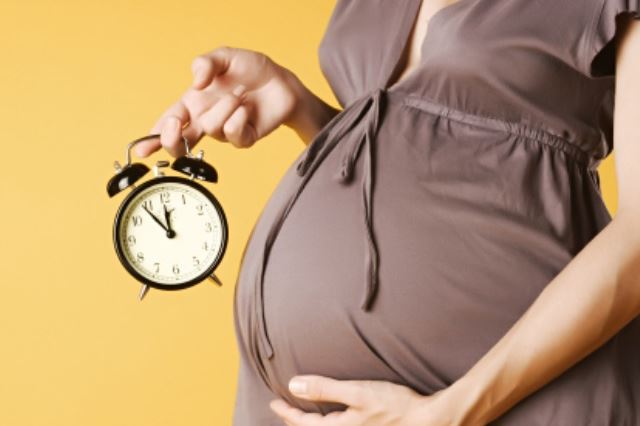Is Your Pregnancy High-Risk? 5 Precautions You Can Take

A high risk pregnancy refers to any elevated chance that you or your developing baby may experience complications during pregnancy. Whatever the cause for the high risk, similar problems may arise like delayed growth, premature labor, high blood pressure and issues with the placenta. However, being high risk does not necessarily mean you or your developing baby will experience health problems. The high-risk category is one that doctors use to ensure that you and your developing baby are closely monitored to catch potential problems as soon as possible.
A healthy diet while pregnant consists of a good amount of protein, milk and other dairy products, vegetables and fruits. Increase your daily intake of folic acid, iron and calcium to lower your risk of pregnancy complications. For further instruction, talk to your doctor about what you need and should avoid in your diet.
Follow your doctors instructions and take the necessary vitamins and minerals. Folic acid is great for mothers with high risk pregnancies because studies show that it reduces the chance of the growing fetus developing neural tube and other birth defects. Never take any over-the-counter medications without consulting your doctor.

Those who drink alcohol, smoke cigarettes or use illegal drugs are more likely to have high risk pregnancies and babies with complications. Avoid these substances use while pregnant.
Along with routine prenatal tests, mothers with high-risk pregnancies may also need to undergo specialized testing like:
Having a high risk pregnancy is worrisome, but try to lower your stress levels for the sake of you and your developing baby’s health. Consult your doctor about ways to reduce stress like deep breathing, meditation, yoga and acupuncture.
Even though a high risk pregnancy does not necessarily mean that you or your developing baby will experience complications during pregnancy, you can actively lower that risk by eating healthy, taking doctor recommended vitamins, abstaining from any substance use, getting necessary prenatal tests and making an effort to lower your stress levels. In addition to these methods you should always do as your high risk obstetrician advises. Specialists like Dr. Gilbert Webb are more able to specifically help women who are diagnosed with a high risk pregnancy.
